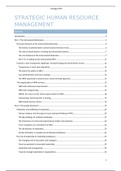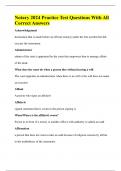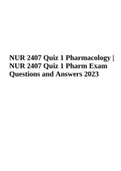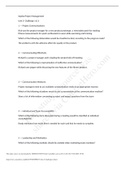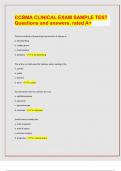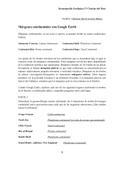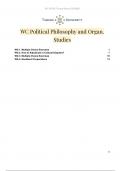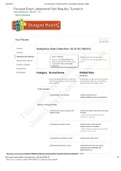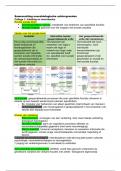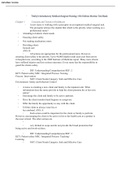Samenvatting
Summary of Strategic Human Resource Management Handelswetenschappen UGent
- Instelling
- Universiteit Gent (UGent)
Summary of Strategic Human Resource Management of Alex Vanderstraeten. The summary includes the whole book, slides of the classes and my own notes. I passed this course on the first try with this summary
[Meer zien]
